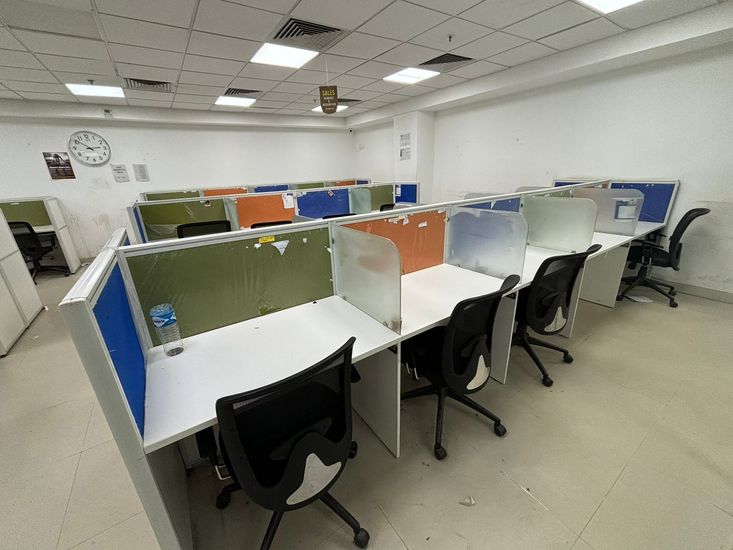Revolutionizing liquid waste management is an essential step toward achieving more sustainable and environmentally responsible practices in waste disposal. As global populations grow and industries expand, the volume of liquid waste generated, ranging from household wastewater to industrial effluents, continues to rise. This creates a pressing need for innovative systems that can handle this waste in an environmentally friendly, efficient, and economically viable manner. Traditional liquid waste disposal methods, such as direct discharge into water bodies or landfilling, often lead to severe environmental degradation, including contamination of water sources, soil pollution, and disruption of local ecosystems. To address these issues, the focus has shifted toward sustainable waste management solutions that promote resource recovery, minimize waste generation, and reduce the carbon footprint associated with disposal processes. One of the most promising advancements in liquid waste management is the integration of technologies that facilitate the recycling and reuse of wastewater.
Systems such as membrane bioreactors MBRs and reverse osmosis RO allow for the treatment of wastewater to a level where it can be safely reused for non-potable applications like irrigation, industrial cooling, or even for flushing toilets. These technologies filter out harmful contaminants and pathogens, while retaining valuable water, significantly reducing the demand for freshwater. This approach not only conserves water resources but also helps lower the environmental impact associated with wastewater disposal. Additionally, the recovery of valuable byproducts, such as nutrients nitrogen and phosphorus and energy biogas, further enhances the sustainability of these systems. Another innovative approach to Gebruikte olie weggooien management is the use of biological treatment systems that mimic natural processes. Constructed wetlands, for example, use plants and soil to filter out contaminants in wastewater, providing a low-cost, energy-efficient, and eco-friendly alternative to conventional treatment methods.
Revolutionizing liquid waste management requires a shift toward sustainable disposal systems that prioritize environmental protection and resource recovery. Innovative technologies, such as advanced wastewater treatment plants and bio-digestion systems, transform liquid waste into reusable resources like clean water, energy, and fertilizers. These systems reduce pollution, minimize landfill use, and cut greenhouse gas emissions. Integration of smart monitoring tools enhances efficiency, allowing real-time tracking of waste treatment processes and compliance with environmental standards. By adopting sustainable disposal solutions, industries and municipalities can significantly lower their ecological footprint while promoting a circular economy, paving the way for a cleaner and more sustainable future.




